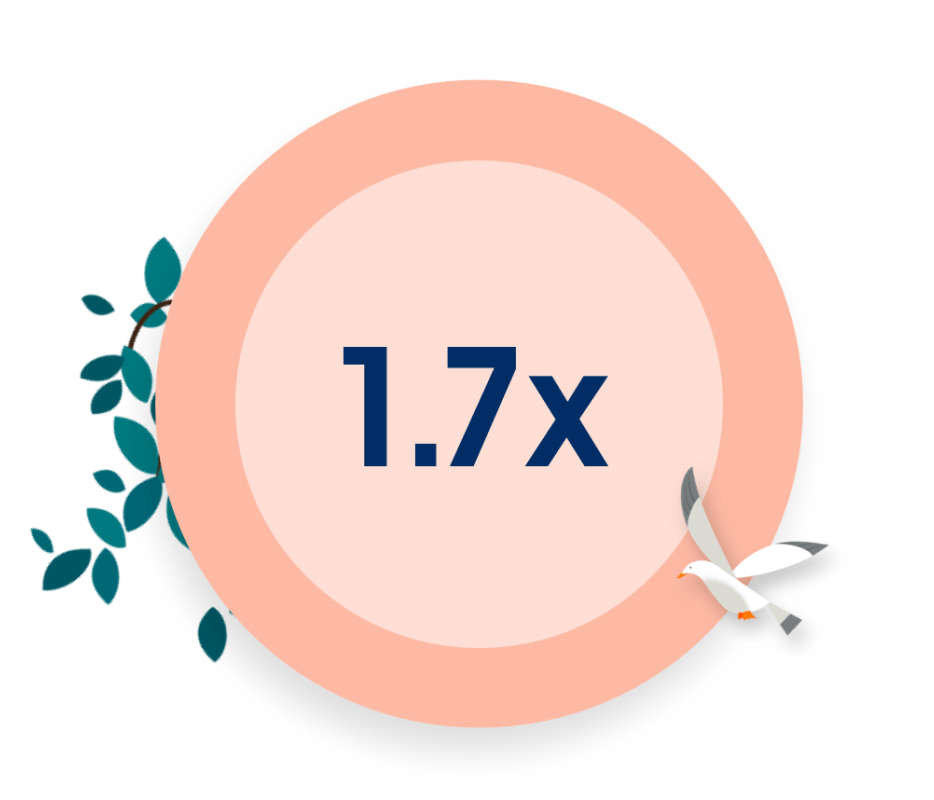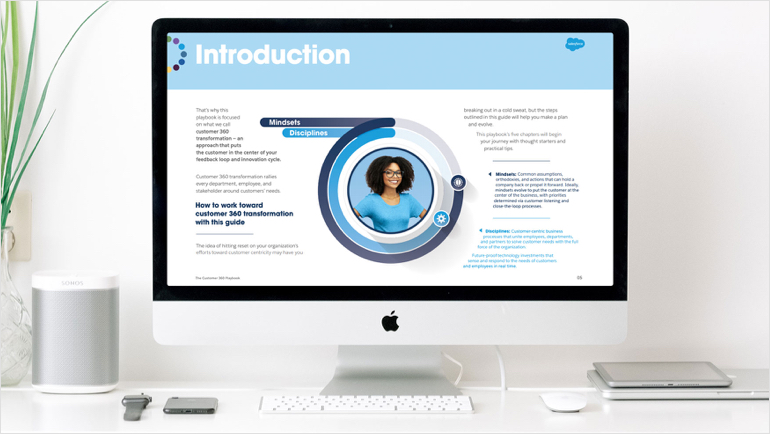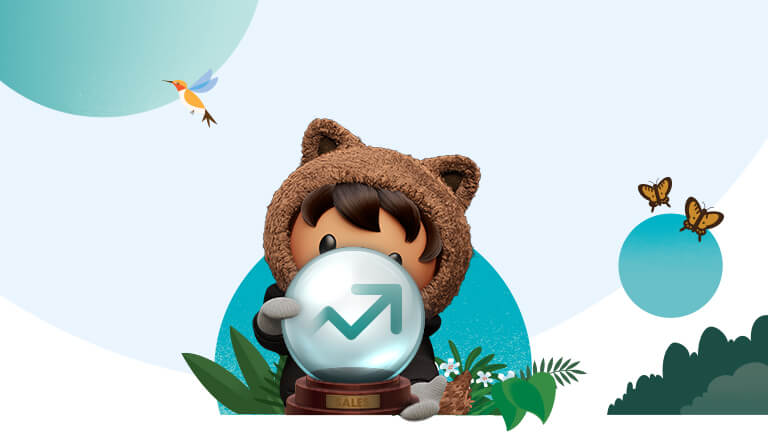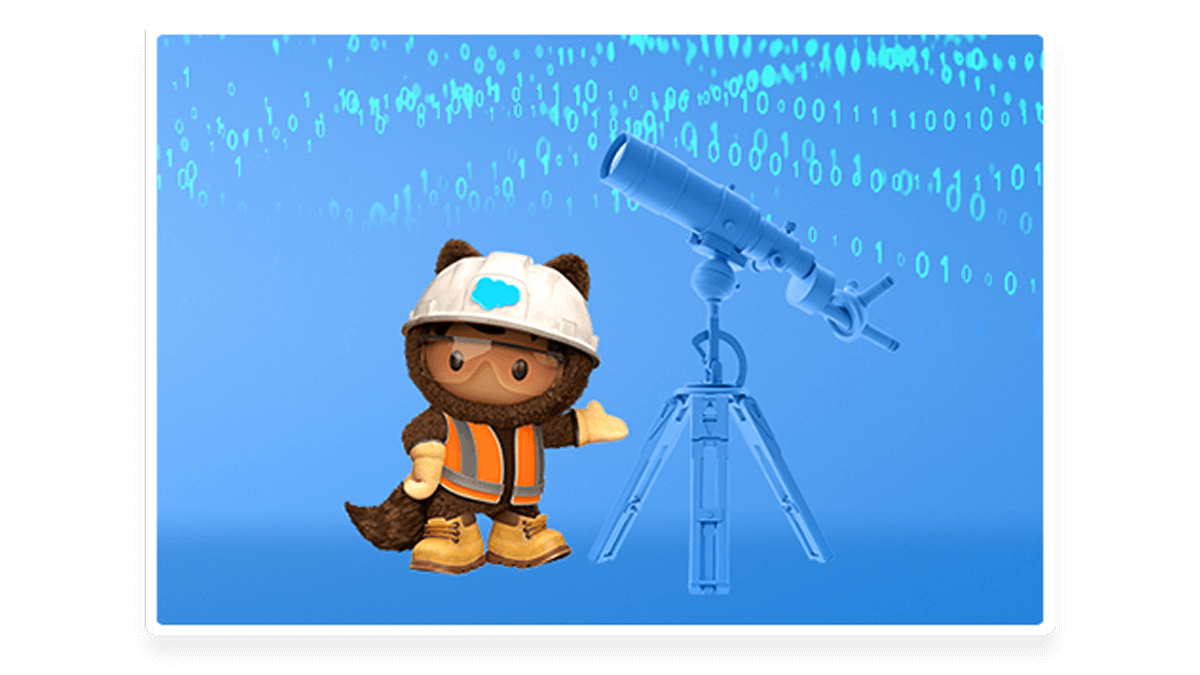ENGIE is creating a greener future by unifying its data.
The world can change — and change fast. As catastrophic as it has been, COVID-19 has also shown us what’s possible when the need is urgent. Governments ramped up medical services and financial support. Companies adapted their supply chains and business models. Individuals changed the way they worked and consumed goods.
And you know what also happened? Carbon emissions dropped to a level not seen since the global financial crisis of 2007–2008.
The question is: How much of this change will be lasting? Global energy player ENGIE is doing everything it can to ensure that the sudden correction to carbon emissions will provide the impetus the world needs for a greener future.
The group ENGIE is a global reference in low-carbon energy and services. With their 170,000 employees, customers, partners and stakeholders, ENGIE are committed to accelerate the transition towards a carbon-neutral world, through reduced energy consumption and more environmentally-friendly solutions. Inspired by their purpose, ENGIE reconcile economic performance with a positive impact on people and the planet, building on our key businesses (gas, renewable energy, services) to offer competitive solutions to customers.
ENGIE more than ever needed a way to connect its many teams around the world and provide them with insights to better understand customers. It wanted to provide great experiences to its employees so they in turn could deliver amazing customer experiences. And it needed to do all this on a global scale.
The solution? ENGIE used Einstein 1 to unite data across sales, service and IT teams and provide a single, shared view of every customer from anywhere in the world. With this in place, the company could grow customer relationships through a new business model that provides tailored, zero-carbon solutions as a service.
Here are five lessons from ENGIE’s transformation.
Table of Contents
1. Unify data to build tailored services for each customer.
How do you unite an enterprise that has four Global Business Units and operates at an international level? ENGIE’s solution was to provide a single, shared view of customers’ data.
As a result, the company’s sales, service, and marketing teams across the globe have a shared workspace, with the specific tools each team member needs. ENGIE also added analytics to the platform to provide employees with actionable insights, in context. Its people are now more productive and collaborative, and laser-focused on building stronger customer relationships.
Crucially, the solution gives team members insights into how customers engage with ENGIE products and services. This makes it far easier and quicker for team members to arrive at solutions faster, and tailor the company’s carbon-reducing services to customers’ needs.
“The zero-carbon journey is different for each customer,” said Yves Le Gélard, Executive Vice President in charge of Digital and Information Systems at ENGIE. “Their energy solution has to be tailor-made, based on market and customer intelligence.”
Ready to reimagine digital transformation in manufacturing? Get the report.
Please fill out the form to see how digital transformation with remake customer experience within the manufacturing industry.
2. Deliver digital-first personalized engagement.
It’s difficult to drive change across an organization with fragmented, time-consuming processes. And by adopting an agile, platform-based solution designed for the energy and utilities sector, ENGIE has been able to streamline many of its processes and reduce human error. This has helped the company to “add value behind the meter” for its customers and employees, provide digital-first, personalized experiences, and capitalize on opportunities as they arise.
For example, ENGIE Electrabel (Belgium) is using prebuilt guided selling processes enforced by eligibility and product rules to help its partners optimize sales. Meanwhile, ENGIE in Spain uses a fully guided selling acquisition process to guide team members through the sales process, from identifying opportunities to quoting and generating documentation.
Team members were able to adopt the new tools within four days with great results. In France, the company was able to decrease the time required to train agents by 50%. ENGIE in France and Belgium were also able to use the solution’s library of prebuilt processes to reduce the amount of coding they anticipated they would need by 50%.

3. Reimagine sales and service processes to bring more focus on the customer.
Becoming a more customer-focused organization requires change. For ENGIE, that meant reorganizing its sales structure and introducing new ways of working to improve collaboration and efficiency across teams.
With the help of collaboration tools integrated into its CRM, ENGIE has been able to improve coordination between its account teams, promote information sharing, and increase productivity. This helps to ensure that clients’ needs are addressed with “one voice.”
ENGIE has also standardized its account management processes across its sales teams and business units using the platform’s account planning tools. Sales team members now have access to valuable insights to close new deals, build stronger relationships with customers, and grow existing accounts.
Since implementing its account management tools, the company has seen a 1.7 times increase in opportunities created — even during COVID-19.

4. Skill up your entire organization from anywhere.
ENGIE’s business-to-business sales teams spend most of their time on the road, meeting with clients. So, like other field sales teams, the pandemic all but brought their work to a halt.
ENGIE was able to turn this challenge into an opportunity for growth by using a digital skilling platform to create a tailored learning program for team members, in partnership with Accenture.
The six-week program was designed to help sales representatives remain engaged with the company during the lockdown period, grow their digital skills, and become better prepared to get back to work after the lockdown was lifted.
ENGIE continues to use the digital skilling platform to help team members adapt to evolving conditions and remain productive from anywhere.
5. Improve mobile workforce productivity to resolve customers’ issues faster and gain their trust.
Running field service teams is a complex job often made more challenging by fragmented IT systems, manual dispatch processes, unpredictable workloads, and limited resources. At ENGIE, these challenges resulted in a number of issues, such as long delays in gathering the data needed to create invoices.
Using an integrated customer service platform in tandem with optimization tools for field service teams, ENGIE has been able to improve both the employee and customer experience.
The field service solution intelligently prioritizes essential jobs by automatically assigning the right workers to the right projects based on skills, location, and business rules. Built-in analytics gives managers and dispatchers easy, real-time visibility into operational performance and key performance indicators.
Field technicians can access customer data and knowledge articles to resolve jobs faster, identify assets and parts instantly, and complete paperwork while they’re in the field — even when they’re offline. This empowers mobile workers to become trusted advisors to the customers they work with.
“The power of the cloud connects our people,” said Yves Le Gélard. “They're able to share a lot about the technologies they're using. If you talk to a field technician who operates a Siemens turbine in Chile, for example, you’ll find that he shares a lot of information with his Singaporean colleague who operates the same sort of turbine in Singapore.”
Ready to build a single view of your customer?
More Resources

Demo
How Salesforce Drives More Revenue Faster

Guide
State of Sales Report

Guide
Your Guide to Customer-Focused Technology






